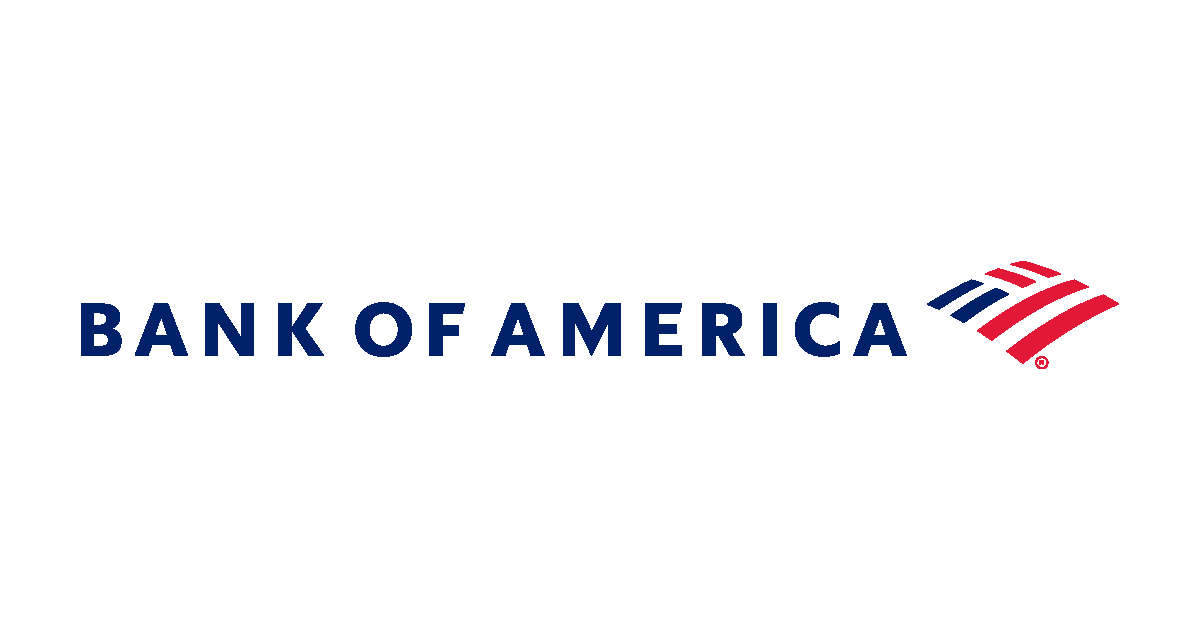A new global market regime is dominating investors’ asset allocation decisions with ‘higher for longer’ interest rates, stagnating economic activity and stubborn inflation creating a difficult-to-navigate macro environment.
The return of fixed income has been painful for some investors this year, with those hunting for yield at the longer end of the curve being hit particularly hard.
Rising long-term bond yields highlight the volatility ahead for markets, leading many to seek refuge in the more defensive areas of the market.
ETFs offer investors an agile and cost-efficient way to traverse this tricky environment. Here are five ETFs investors may want to consider to beat stagflation.
Xtrackers S&P 500 Equal Weight UCITS ETF (XDEW)
Equal-weight S&P 500 ETFs have been one of the most popular plays over the past few months as investors look to avoid the overconcentration of the mega-cap tech stocks.
XDEW is Europe’s oldest and biggest ETF which equal weights the S&P 500 with €5bn assets under management (AUM). The ETF recorded inflows of €1.7bn in Q3 and has returned 5.5% versus 18.8% for the S&P 500.
Despite this, Bank of America sees more “upside risk” in the equal-weighted index going forward, noting its superior earnings visibility, lower valuations and less duration risk than the S&P 500.
SPDR MSCI World Energy UCITS ETF (ENGW)
Energy is a well utilised defensive hedge during times of uncertainty and may be of even more interest to investors given the recent outbreak of war between Israel and Hamas.
Should the conflict pour over into the Middle East, many are anticipating a supply shock to oil markets which could once again lead to spiking prices.
ENGW is the joint best-performing global energy ETF over the past year along with the iShares MSCI World Energy Sector UCITS ETF (WENS), both returning 9.2%.
iShares $ Treasury Bond 0-1yr UCITS ETF (IB01)
Elevated inflation and higher interest rates have led investors to be cautious about adding duration to their portfolios.
Those willing to play the long end of the curve have been punished, with the iShares $ Treasury Bond 20+yr UCITS ETF (IBTL) down 13.3% over the past 12 months and 9.8% in the last month alone.
Meanwhile, the short end has been relatively pain-free, with IB01 returning 4.5% in the past 12 months.
Those anticipating elevated inflation throughout 2024 will likely seek refuge in short-duration ETFs. IB01 has been the wrapper of choice for investors, who poured €1.4bn into the strategy in Q3.
Amundi MSCI Japan UCITS ETF (LCUJ)
Following over a decade in the doldrums, Japanese equities have been a success story in 2023, with the Nikkei 225 index hitting a 30-year high earlier this year.
One country where inflation is welcome, optimism around changes to its economic policy, inflation and wage growth in the region have helped boost Japanese companies.
Investors keen to avoid the overconcentration of the US have also been drawn to the market. The $2.5bn LCJP is Europe’s cheapest Japan ETF with a total expense ratio (TER) of 0.12% and is also one of the top performing, returning 16.9% over the past year.
iShares J.P. Morgan EM Local Govt Bond UCITS ETF (EMGA)
Local emerging market debt (EMD) has been another favoured investment for ETF buyers so far this year, with roughly €1bn flowing into EMD ETFs during the first eight months of 2023.
Emerging market central banks are on a different interest rate cycle than developed markets and are moving to cut rates as inflation slows while their currencies have been strengthening.
Returns in the asset class have been muted this year, however, ETFs such as the EMGA are well placed to benefit should tailwinds emerge.
The ETF undercuts the largest local EMD strategy on the market, the $1.9bn SPDR Bloomberg Emerging Markets Local Bond UCITS ETF (EMDD), by 5 basis points with a TER of 0.50% and has narrowly outperformed its rival, returning -0.3% versus -1.6%.







